I would like to show you the little valley I live in. I think the future depends on what we see here.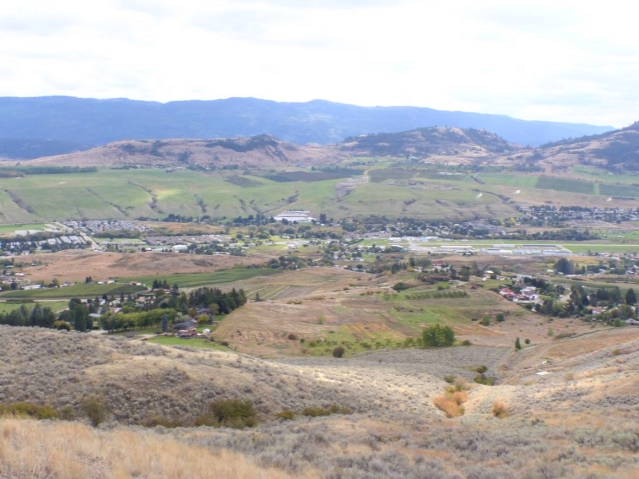
Vernon Creek Valley, Okanagan Landing.
Okanagan Lake is to the right of this image. Downtown Vernon is to the left. My house is just off the right of the image, in the settlement of dark trees halfway up the image’s border.
Now, I don’t know what you see, but I’ll give you some context by turning you around gently. Look again. Different light, different colour in the grass, same hill.
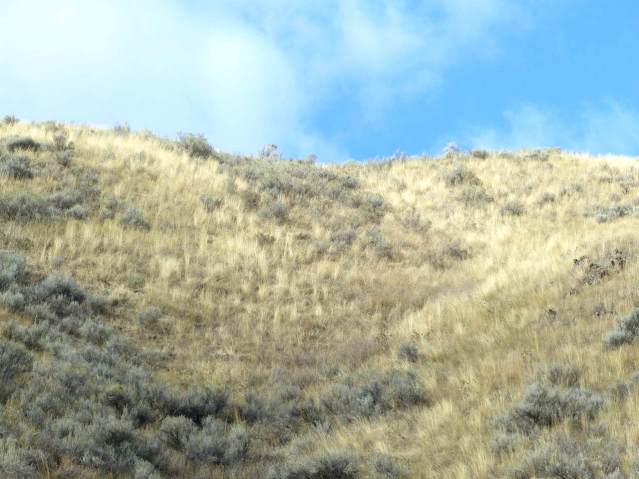 Plus, there’s less cheatgrass (red) when you get this high. And what if we look more closely?
Plus, there’s less cheatgrass (red) when you get this high. And what if we look more closely?
At the top of this rare bit of remaining grassland, there’s this:
So, that’s the context. So, let’s look at the valley again. I want to show you the ideal university of the future. It’s in the 33 acre abandoned orchard below the sagebrush hill, in the middle of the image, between the two 1970s-era subdivisions with their dark evergreen trees, and below the yellow splash of choke cherries in the ravine and the blob of dark poplars along Earl Grey’s old irrigation canal. Yeah, the tea guy. That’s right.
I envisage it as a large outdoor classroom and laboratory, teaching farming, innovation, plant breeding, plant propagation, new plant species, new water regimes, new food processing opportunities, land-reading, agriculture (the intellectual version) and its appropriate spiritual components, along with appropriate engineering, mathematical, geological and artistic opportunities and interventions, as it supplies food for people and extends the deepest traditions of human culture forward in step with the earth. This is a form of Enlightenment, which was the process by which pre-industrial society in Europe was reformed along industrial and intellectual models. Some stuff was left out, for no good reason. The earth of today is a mirror of that process of leaving out. Here’s a cottonwood tree that was left out. In its place are some uses for cottonwood trees and some methods of observing cottonwood trees, but not ones which start from the actual energy of cottonwood trees.
Cottonwood Tree on the Grey Canal
Hence, my farm university, or my university based on touching the earth.
Earth Language. Repair Needed
Here it is from the golf course (to the right of the subdivision like a green island of trees).
Unfortunately it is selling for $1,900,000, a price set by the standard of the golf course developers who have bought the hillside we’re standing on. It’s not a farming price. It’s a luxury price, set by the value of oil in the tar sands in Alberta. It’s a social price, which the retired farmer deserves, given the social context in which she must live. The culture that scars the boreal forest for oil, however, and sets such prices, is the same that uses the lake in my valley as a playground. Here’s an image of the lost wetland in my valley bottom, in the approach to winter. Forget this as an image of fall…
Carving Pumpkins (Recreational agriculture.)
… this is the real image of fall in the valley:
The golf course is not doing well, by the way. There might be a lost boreal forest behind it and a lot of aerial carbon and a lot of wealth created by this transformation, but, socially and ethically, the money created by it doesn’t flow very well. It’s like bitumen in a pipeline at times. They can’t even fix their road. Look.
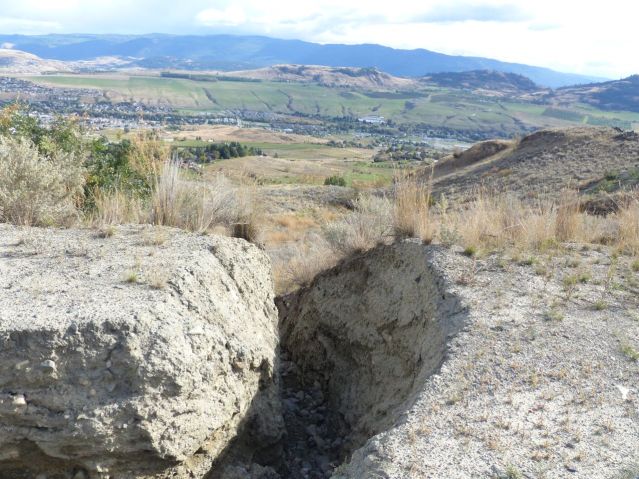 This 3-metre deep gully was 10 centimetres deep 3 years ago. This is runoff from the golf course road.
This 3-metre deep gully was 10 centimetres deep 3 years ago. This is runoff from the golf course road.
Our little gully is behind the dump truck up above. It is being filled with crushed “mantle”, or the ancient bedrock below its overburden of seabeds and volcanic flows and glacial till. They ignored the ditch (a metre deep at that point). They had some decorating to do instead…
Crushed Mantle as a Decor Element
This is a replacement for landscaping with living things. This is called being “water smart”. It is called being ethically responsible.
Three years ago, one of the bankers holding the whole hillside in receivership could have fixed the gullet on a lunch break, by taking a bag lunch, driving up the hill with a shovel in the trunk, moving gravel for 1 minute, or even less, eating the lunch, and driving back to work, but, no. That didn’t happen. Now it’ll cost a few thousand dollars, with back hoes and dump trucks and what-have-you.
What a waste. Now, a politically-correct and academically-correct (which means scientifically-correct) stance towards this bit of human self-absorption is to approach it neutrally, which is to say to observe it but nothing more. Here, let’s try that:
Hmm
There’s an issue at play here. Humans, who do this observing, are social creatures. If they’re going to look at the earth, they’re going to see social stuff. This is social, for instance:
Weedy Grassland Along the Grey Canal Trail
Observation works for social relationships, but it doesn’t mean that they develop into healthy ones. The gulch above is an unhealthy social relationship. Now, let me show you another unhealthy social relationship.
The Green, Green Grass of Autumn
This cheat grass is growing on a deer trail. It takes all the water from the spring earth, reducing the earth’s ability to store water for an entire season, transfer it to the wetlands below, and support hundreds of species along the way. It reduces the ability of the land to support human populations, or any others. Socially, its presence is heavily tied with a crazy colonial social idea that things sprout in the spring and mature in the fall. Cheatgrass is smarter than that. In its social relationship with humans, humans are not. They don’t adjust grazing patterns or land use patterns to cheat cheatgrass out of its cheat. Ideology stands in the way of that, as does a cultural insistence on raising children in different environments. Concrete ones, for instance.
Forty auto minutes south of this point there is a university that trains thousands of students in the set of disinterested observational skills I mentioned above, extends those concrete worlds, and embodies some unhealthy social relationships. The result is this.
The Enlightenment Botanical Garden Becomes Decorative …
… and then invisible. Not only is the earth, at this university that prides itself on ‘green’ values, a decorative element, but it’s mis-treated as well. What a change in 200 years!
I think it would be fair to say that this university represents a culture that has turned from the earth. I think it’s a powerful culture. I think it has many strengths. I also think it has a tragic flaw. I also think we can turn this thing around. To do that, let’s look at the set of intellectual approaches it has laid over the earth. First, the valley again …
… and now the annotated version, showing a little of what I see here…
I suggest opening the image in a new window (or just clicking on it) to see the details. When you do, I hope you will notice that barely one single thing here, short of the deer, coyote and bear trails squeezed up onto a hillside where none of them belong, represents an ability to work with the earth. Even the grazing lease and the no trespassing areas are heavily compromised and nearly non-productive. There are a few remaining farms, although heavily industrialized and producing petroleum-dependent and nearly-unaffordable food, and the habitat in the ravine and in the subdivisions is important, but beyond that? There’s a tiny riparian area winding through the stream in the residential areas on the far side of the airport, and a bit of weedy grassland on the hills across from us. I hope you will see as well that all this stuff represents an application of university culture, or, rather, the culture the university serves, and which we need it to do a better job of challenging or re-imagining. That’s where that $1,900,000 farm comes in. It has the potential to change everything and to build, on a rigorous foundation of practical, scientific and artistic work, a new paradigm, and, in a century, a new valley. Here’s the current state of affairs…
Still Fixable
From foreground to background: deer fence, weedy grassland, vineyard designed to raise house prices, two abandoned orchards, a productive ravine full of coyotes and hawthorns, and just the hint of the beginnings of the city housing in the wetland below.
We can do better. We must do better. It’s a matter of ethics, and survival. The university’s stance, of ethical disinterestedness, has lead to powerful technical science (in this sense, psychology and the arts are powerful technical tools as well) and an ethical situation that is far from disinterested. Here, let me show you. The depth of magenta in the image below indicates the depth of ethical compromise present in the land. Notice that the closer one gets to water, the more compromised, ethically, land use becomes. Notice as well the green areas.
The green oval is Kalamalka Lake Provincial Park… the only piece of permitted human habitat in this scenario. Even there, however, the grasslands are being heavily taken over by trees and park staff spend their time making urban social amenities (paths, picnic areas, shooting cougars, and so on).
Kalamalka Provincial Park: In a Grassland, Trees are Weeds
It’s a strange kind of “nature” or “wilderness” that allows the replacement of the only habitat for butterflies, succulent plants, edible bulbs, and hundreds of other species, to be replaced by over-crowded, fire prone groves of low-value trees and only a handful of other species. This is actually called desertification. The only ‘nature’ it displays is ‘human nature’ and the ethical stance it displays is ‘disinteredness.’
But, again, our ethical valley.
The green line in the foreground is the only allowable natural animal habitat outside the land use grid. Note how it dead ends, without access to the water it leads to (the water goes underground from there, but life doesn’t follow it.) Every scientific approach and attitude is an ethical decision. Every view of the land is ethical at heart. The current university teaches young people how to benefit from and fine tune the predatory land use shown above. It is a form of schooling, in, I may add, an attitude that has an end date. Predatory? Yes. Humans are predating on the earth. And, may I say, also on themselves and their ability to form social bonds with the earth. Here, this is another social image:
On a healthy planet, it will be recognized as having equal social value to humans as inter human relationships. Instead, it is called “nature” or “art”. That’s a start, but after a couple hundred years of separating that from scientific procedure, it has led to an overly-disinterested science, so technically powerful that its power has blinded it to all of which it is ignorant, including that “nature” or that “art”, and because it is all-powerful, those unseen elements become obliterated.
Road Overspill
This is the best that environmental science can do to save a riparian area in a dry grassland hill.
I think a correction can and should be made. Opposition to the blind spots of disinterested science is why I have been arguing for a different kind of science, not to replace science but to rebalance its abilities to allow for outcomes that include the earth and the wealth of resiliency, and why I propose a different kind of university. It’s time to remake the earth. Remaking it, and ourselves, in the image of an android phone is a dead end. That path leads only to the replacement of humans and this …
… with robots, or at least with robotic intellectual tools, which, ethically, is almost the same thing. That work is nearly complete. Global warming? Well, when one removes the ability of the earth to utilize solar energy and translate it into cooling ecosystems, what do you think is going to happen? Oil is not the cause. It is the symptom. This is global warming:
Eroding Vineyard Hillside
Ten years ago it looked like this:
Ten years ago it stopped water and the sun in their tracks and turned them into life. We can still repair that loss.
Categories: Agriculture, Earth Science, education, Erosion, Ethics, Forestry, History, Industry, Innovation, Land Development, Nature Photography, Other People, Science, Spirit, Urban Okanagan, weeds





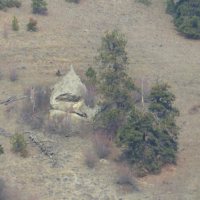






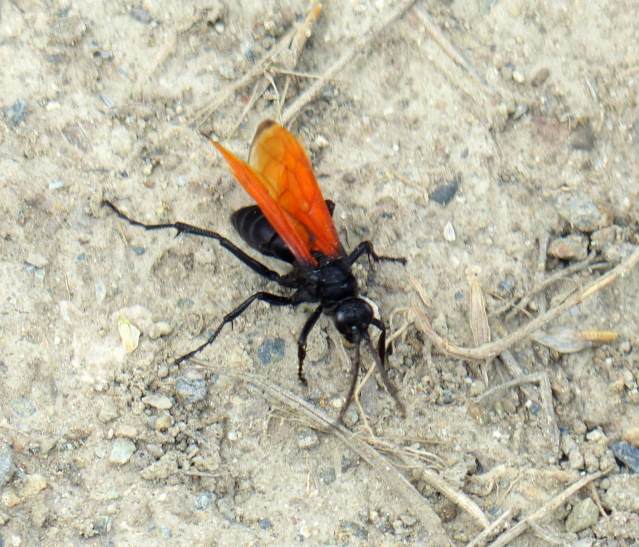

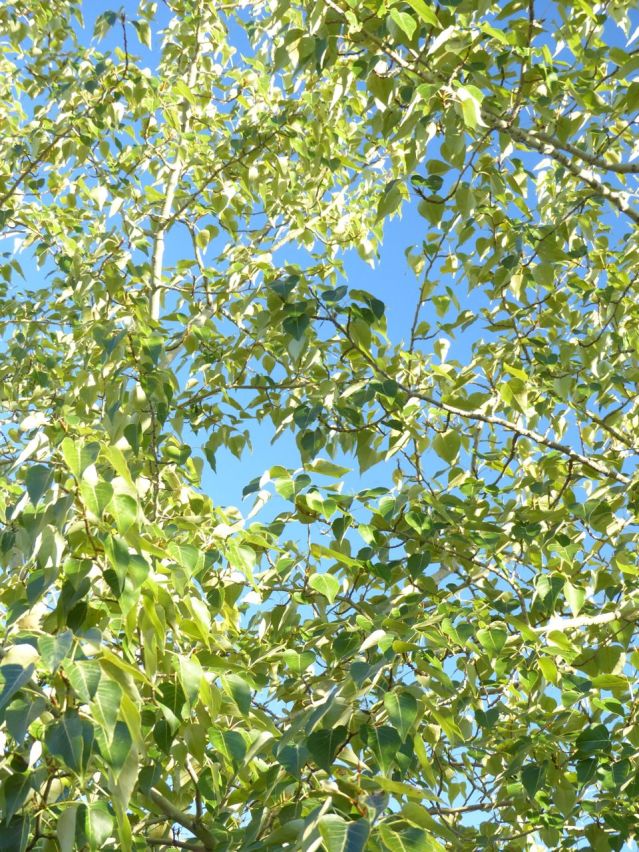
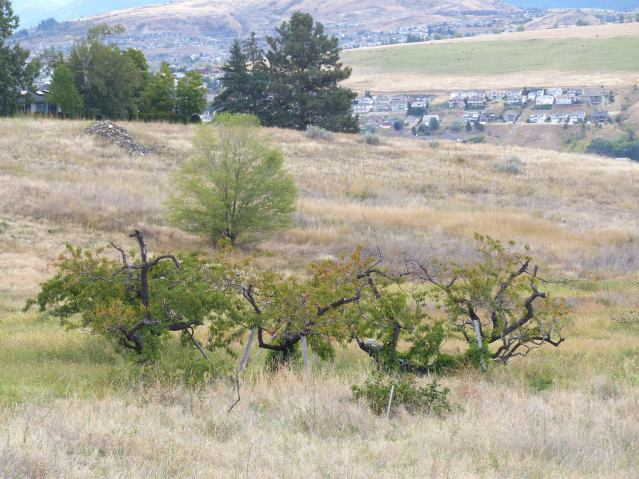

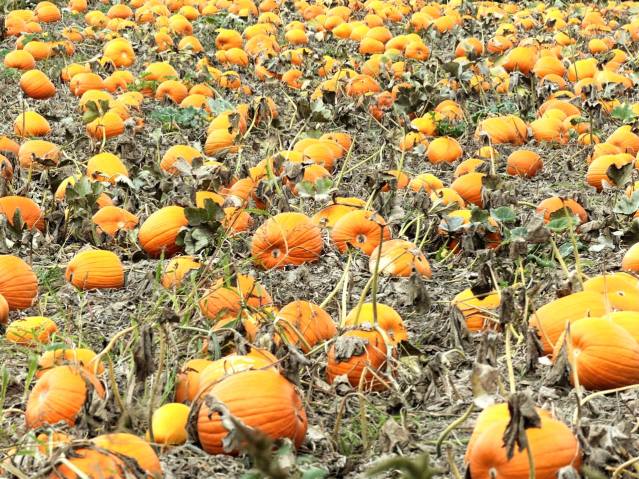
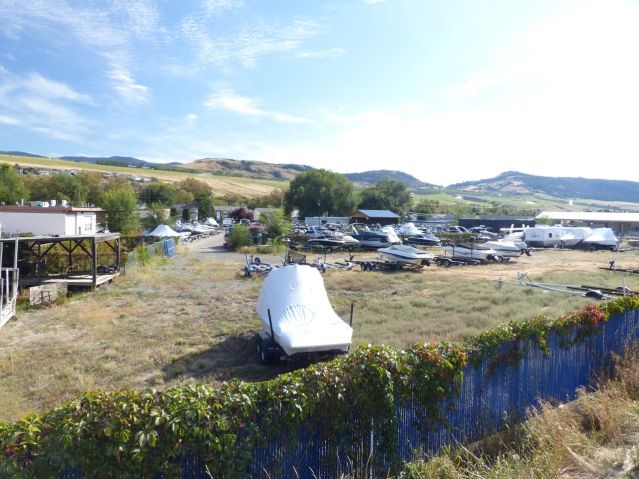

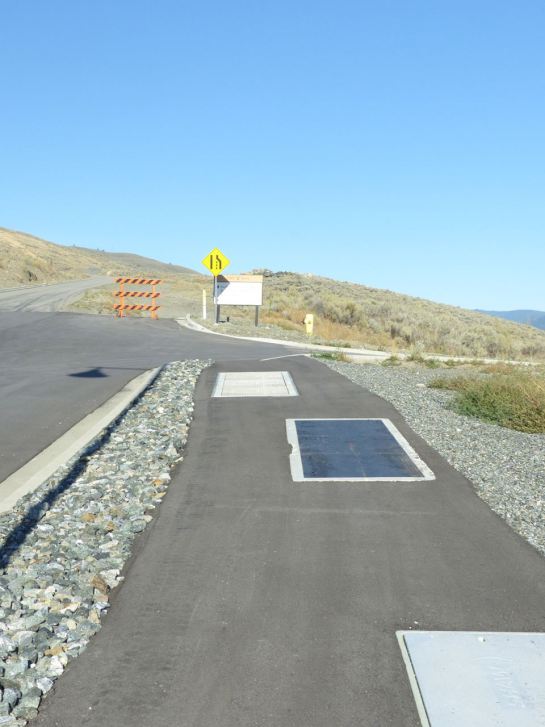
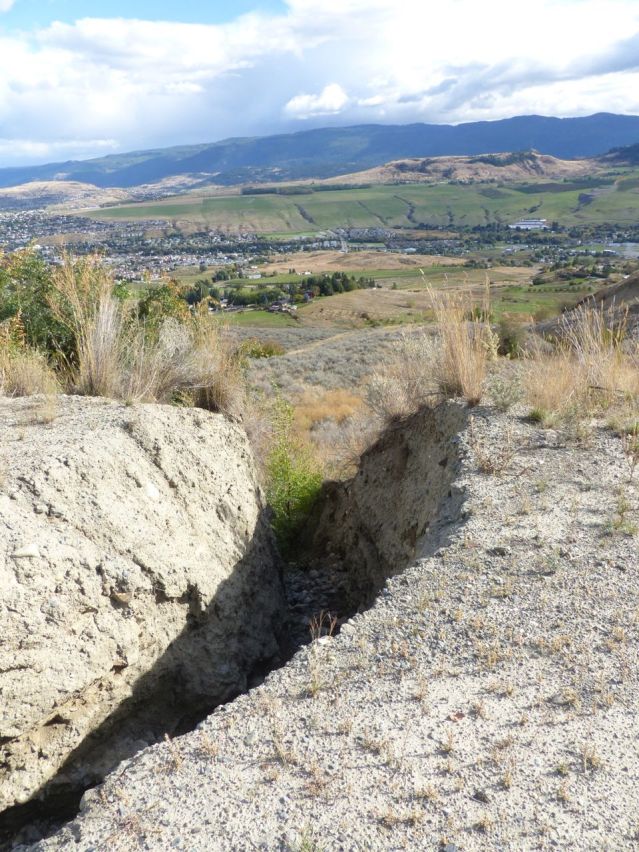
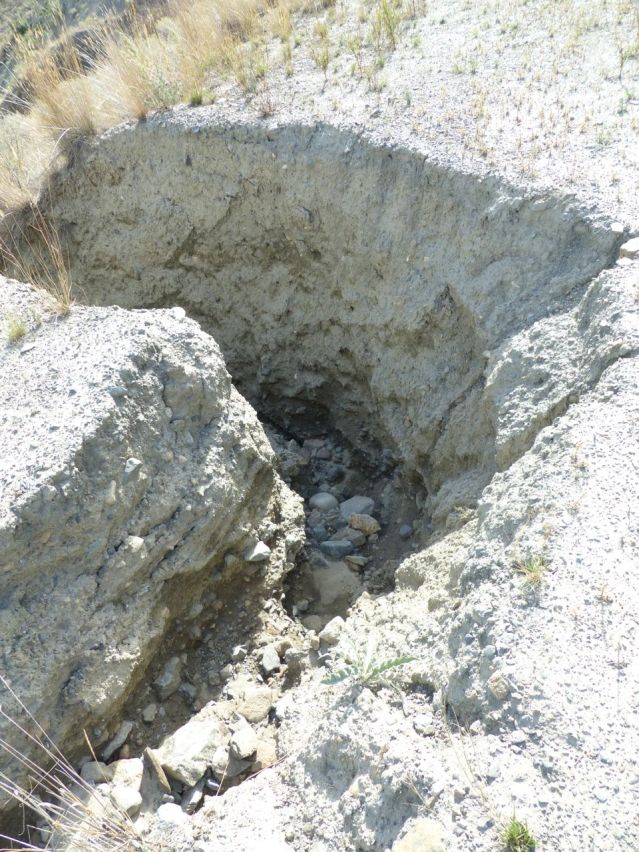
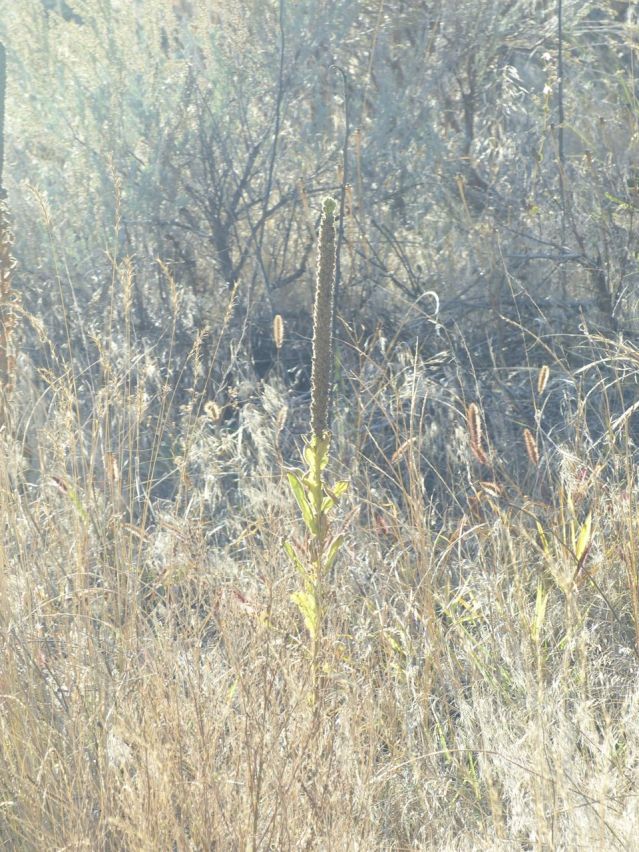
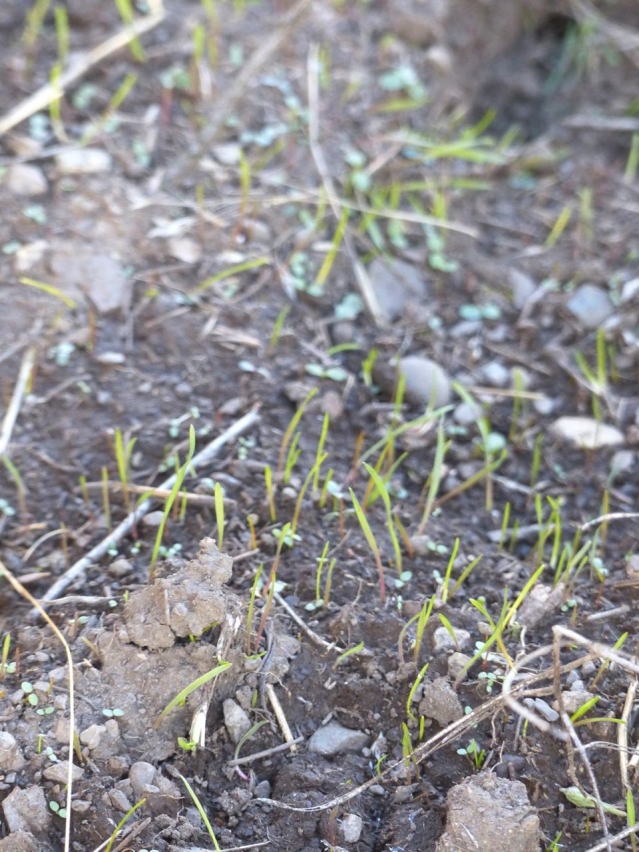

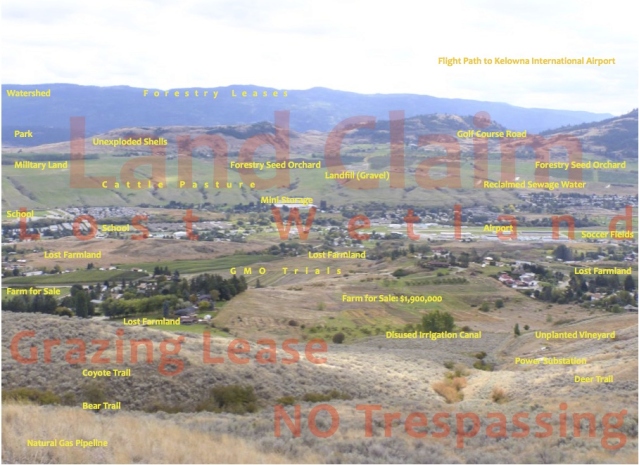
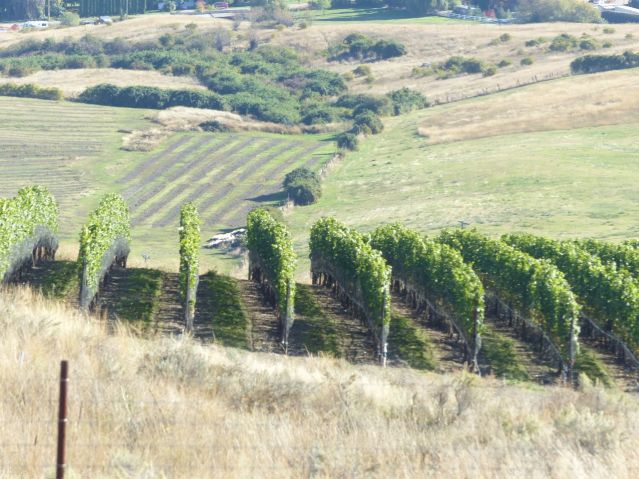
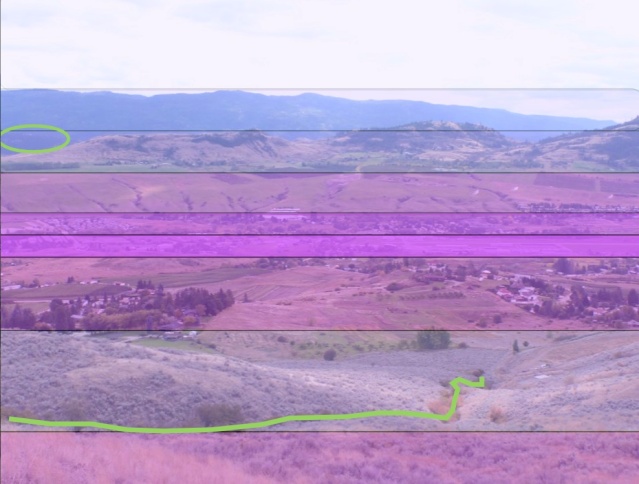
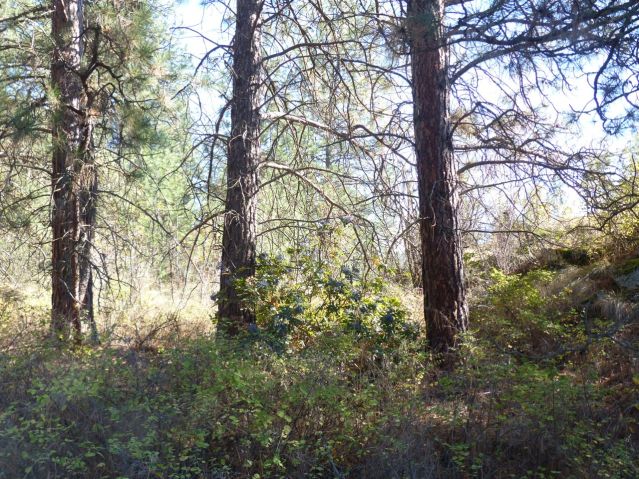
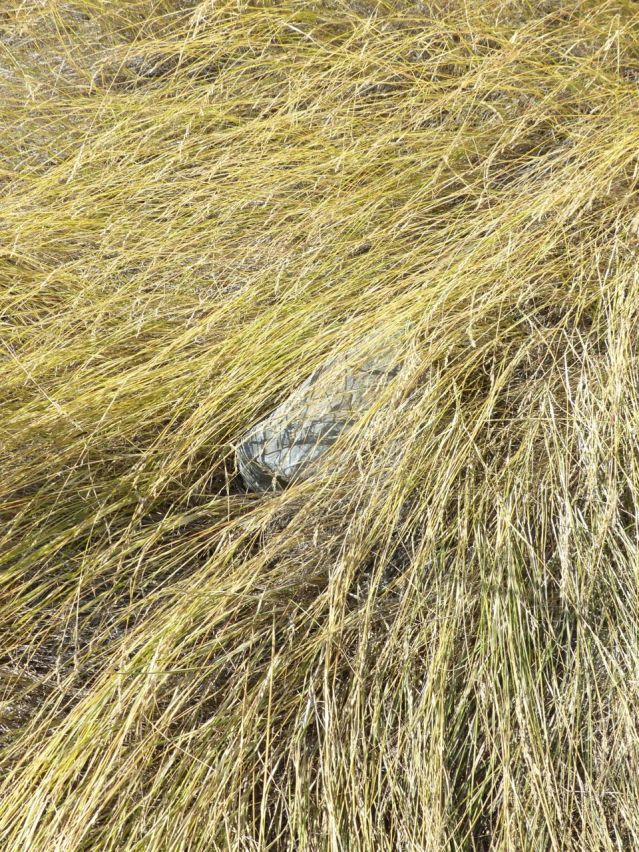
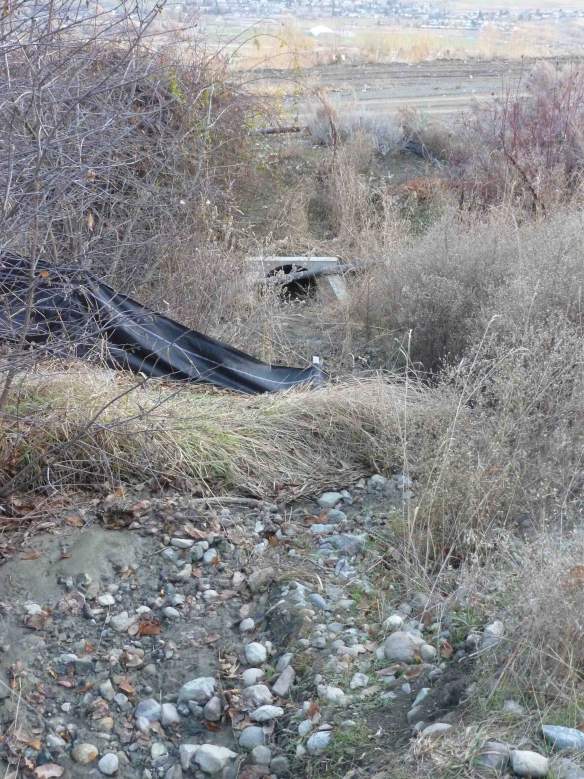

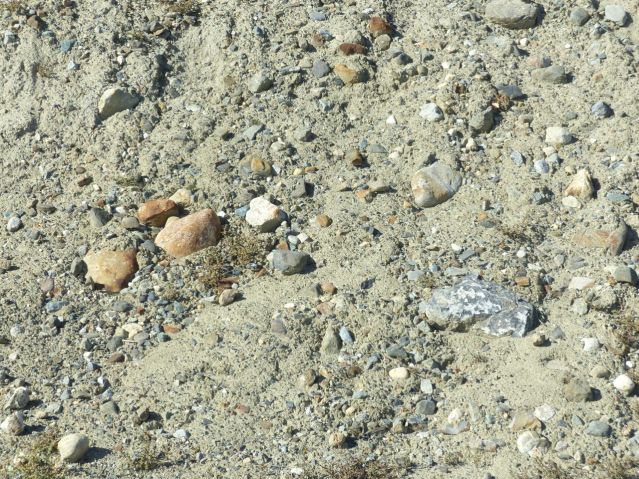
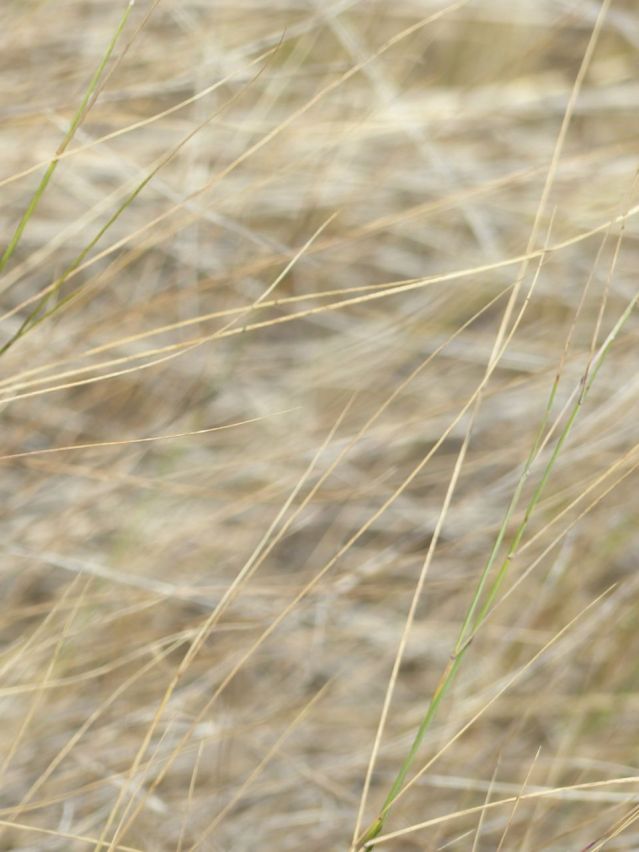


I wish you luck in your hope for this earth…but so much looks so bleak. What is a golf course doing in such a dry landscape? Greedily sucking up water needed by other plants and animals, including some human ones.
It’s raining here this afternoon, on the green ravine outside my windows. I’d like to send a shower to your parched hillsides.
LikeLike
Thanks, Gloria. There are 18 golf courses in this biome. They’re going broke, too. But when they work, they draw in oil money like the dickens.
LikeLike
This is a very powerful piece! I wish everyone would read it, and more importantly “read” it! Bless you in your voice vision and your voice! Thank you!
LikeLike
Thanks, Simonne. There was a piece on the CBC yesterday, about the beauty of humans remaking the planet with planned species to replace the ones we have obliterated, cyborg humans, and the crazy idea that humans are already evolving bigger thumbs to text on smart phones. That was just too much. That’s not science. That’s silly. There has to be some exchange of genetic material for evolution to kick in! Some kid born in 2000, who is texting away, hasn’t raised children, or generations of them, yet. Weird. I should learn not to turn the CBC on, but look what it inspired me to think of! 😉 I never told you. A CBC producer from Kelowna phoned me last year, to talk about pears, but when she discovered I was a writer she couldn’t get off the phone fast enough. Seemingly, writers are shifty, untrustworthy types. She wanted to know how I knew so much about pears. And I was thinking, because I’m from here? And I was thinking, but dear Madame, you are from Quebec? Shouldn’t I be asking you? So is power in the Canadian experiment. By the way, I love Quebec. I think Canada has some structural flaws, though. What do you think? Should I show how that works in a blog post?
LikeLike
That is utterly strange, Harold. Why shouldn’t you know about pears? You do grow them. Being a writer however — ooh, that’s dangerous. You might have unfortunate opinions, not suitable for broadcast! A blog on Canada’s structural flaws would be very interesting. I love Quebec too, and worked there (including for CBC radio, with Rene Levesque in the adjoining office) for six years. Long ago now…
LikeLike
The pear thing, I think it means 2 things: 1) for the contemporary CBC, authority rests with industry, and 2) for the contemporary CBC, writers create fictions and write a lot of words about things of which they know little. So does a country change.
LikeLike
To work for CBC used to be a thing to be proud of. Today, perhaps not so much. Can’t bear to watch TV now with so many commercials. Radio — still tolerable, in parts. There’s a vast amount needs doing before it can regain its place. True of the country as well. IMNSHO. :-\
LikeLike
Yes. It’s sad, for sure.
LikeLike
This is brilliant. May I please repost this on my column with a link back here? I write a column about Canadian Paganism; ecology and environmentalism are Pagan values, and this is my home turf. I grew up in Okanagan Landing in the area once called “Rainbow City,” and as I grew up I watched the beginnings of the development that led to the Rise. I still live in Vernon. This matters to me very much and this is a great example of what the results of ecological mismanagement are and why we must stop it.
LikeLike
Hi, please repost it. I’m very grateful.Thanks! Harold
LikeLiked by 1 person
Thank you very much!
LikeLike
Hi, why, of course, please do!
LikeLiked by 1 person